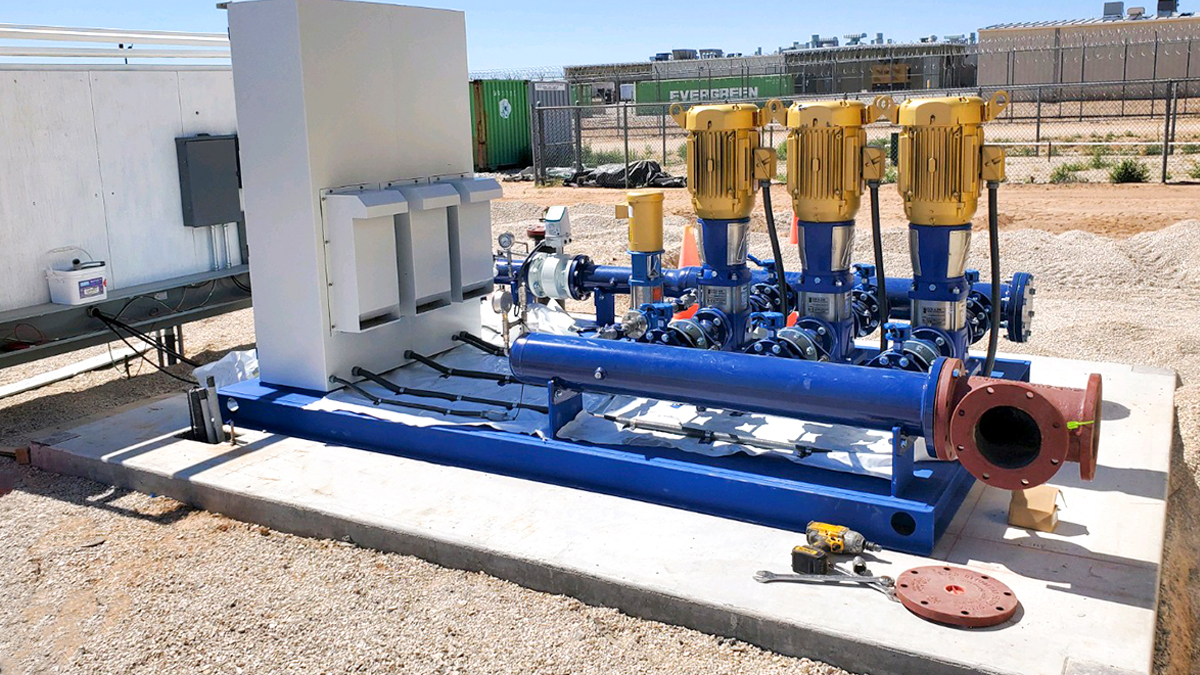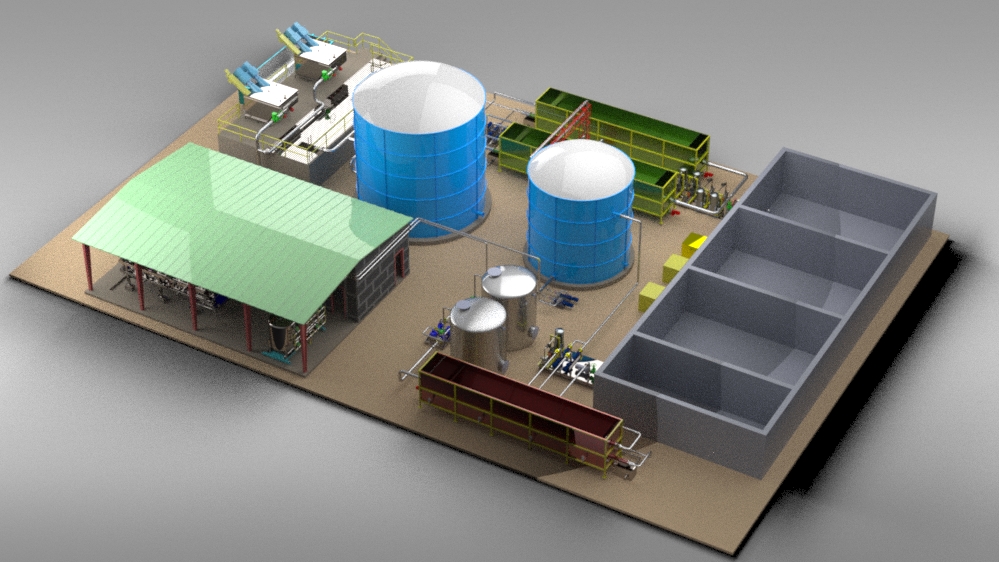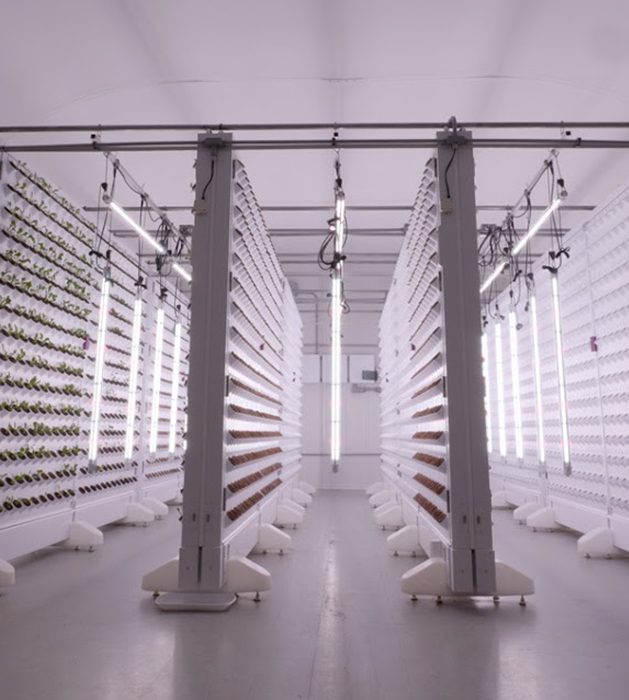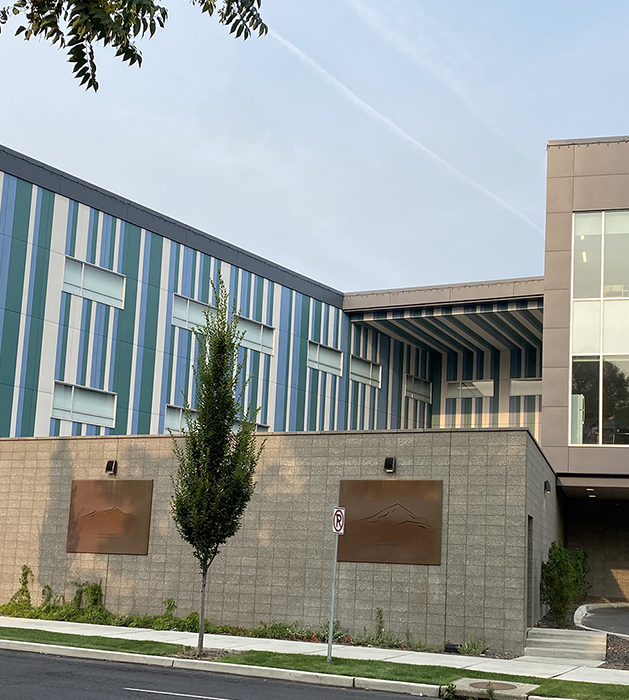Green Infrastructure for Water Quality Management in Colorado – University of Colorado Boulder
Water Quality Management in Colorado
Colorado Senate Bill SB24-037, “Study Green Infrastructure for Water Quality Management,” was signed into law by Governor Polis in May 2024. Recognizing the significance of this initiative, Governor Polis said upon signing the bill, “I’m so excited by the opportunity to reduce costs, benefit our climate, and protect our water. Traditional gray infrastructure removes pollutants from water before getting released back into circulation but it’s very costly and energy-intensive. We know green infrastructure can do it more efficiently and in better ways.”
This law directs the University of Colorado’s Mortenson Center in Global Engineering & Resilience (CU Boulder) and Colorado State University (CSU), to work in partnership with the Colorado Department of Public Health and Environment (CDPHE), to explore the feasibility of green infrastructure to address water quality concerns in Colorado’s rivers and reservoirs.


CDPHE, CU, and CSU are collaborating to develop pathways to support voluntary, public, and private sector pre-permit watershed actions that could, if successful, be credited within a CDPHE Clean Water Act discharge permit.
Further, under the supervision and direction of CDPHE, CU Boulder and CSU are directed to identify up to three pilot projects with utility and municipal partners across Colorado. These projects will showcase the implementation and financing of green infrastructure as an alternative compliance program. Each project can operate for up to five years, with technical assistance provided by the universities. The resulting comprehensive report will include legislative and administrative recommendations to advance green infrastructure and financing mechanisms for water quality management in these projects and across Colorado.
We invite municipalities, utilities, non-profits, and other watershed stakeholders to explore this innovative approach with CDPHE, University of Colorado, and Colorado State University. Our goal is to create a more attractive and scalable framework for improving water quality with green infrastructure across Colorado. By working together, we can uphold high benchmarks for non-point source nutrient removal, achieve substantial environmental benefits, and provide economic savings for regional utility ratepayers, while addressing instream water quality issues.
Contact us to learn more about how your local treatment facility may be a fit for this initiative.
In order to enable scaling of water quality trading programs in Colorado, we must provide a comprehensive integrated life cycle and techno-economic assessment. We are developing an integrated TEA and LCA assessment tool that is founded on robust technology characterization modeling coupled with geospatial data. The work includes expanding the foundational modeling capabilities to better capture existing point source discharger performance, current gray infrastructure upgrade options, and green technology solutions. A preliminary demonstration of this tool is shown above.
Sustainability, Energy and Environment Community (SEEC)
4001 Discovery Drive, UCB 608
Boulder, CO 80303
Engineering for real change . . . Solutions for the real world.
University of Colorado Boulder
© Regents of the University of Colorado
Privacy • Legal & Trademarks • Campus Map
University of Colorado Boulder
© Regents of the University of Colorado










